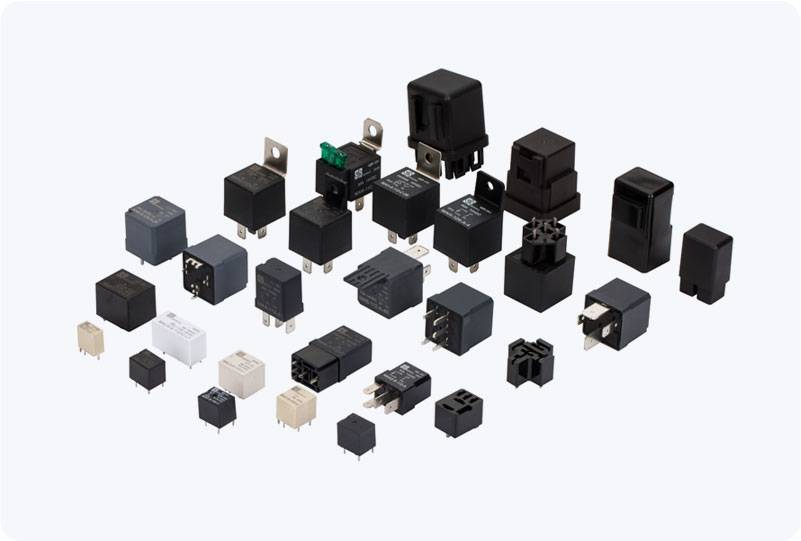time delay relay: understanding its function and applications
Release time:2025-08-11 09:08:48
A Time Delay Relay (TDR) is an essential component in the field of electrical engineering, widely used for controlling the operation of various electrical devices. This device introduces a time delay between the triggering signal and the relay’s action. Time Delay Relays are instrumental in ensuring that machines and electrical circuits function smoothly and efficiently, avoiding potential issues caused by rapid or immediate responses. In this article, we will explore the fundamental principles of Time Delay Relays, their types, working mechanisms, and applications in various industries.

What is a Time Delay Relay?
A Time Delay Relay is a type of relay that, upon receiving a trigger signal, waits for a predetermined period before it activates or deactivates an electrical circuit. This delay provides several advantages, including preventing excessive wear on equipment, protecting sensitive components, and ensuring a smooth sequence of operations. Time Delay Relays are essential in situations where immediate response could be detrimental or unnecessary.
How Does a Time Delay Relay Work?
The working principle of a Time Delay Relay is relatively straightforward. When an input signal (such as a voltage or current change) is applied to the relay, the timer begins to count down from a preset duration. The relay's output contacts remain in their initial state during the delay period. Once the timer completes its countdown, the relay's output switches, either activating or deactivating the connected circuit.

